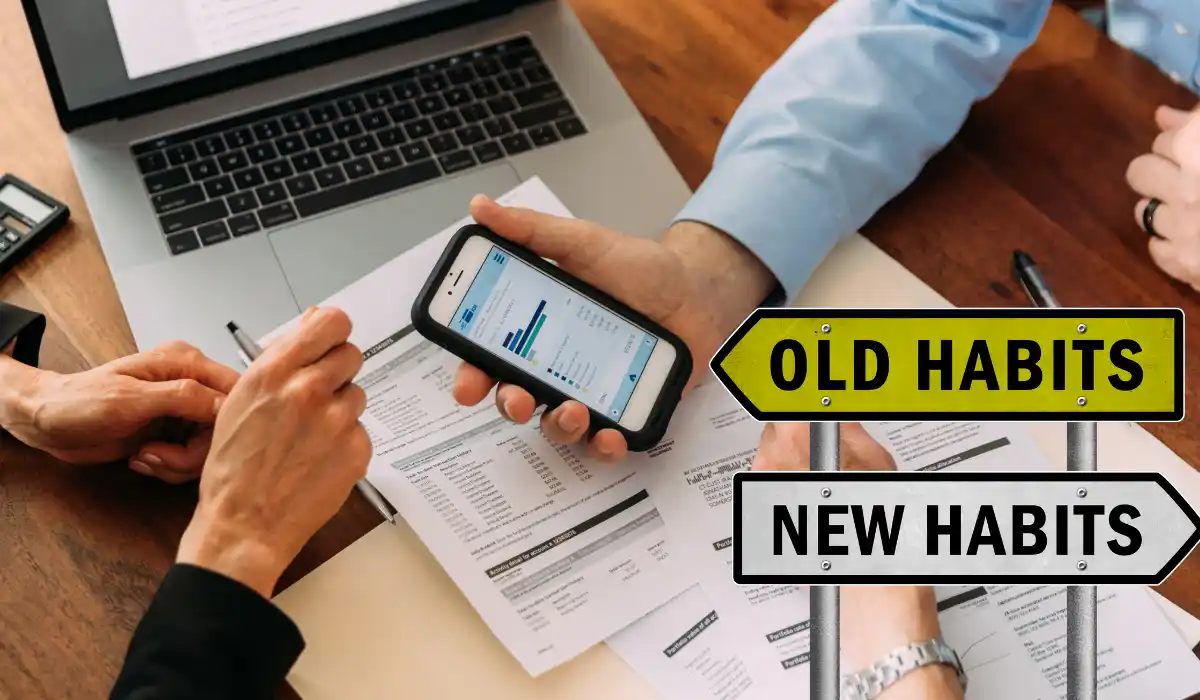
Lifestyle and Financial Habits That Define Middle-Class Status
The concept of the middle class is not defined solely by income but also by lifestyle choices and financial habits. While income levels can vary widely depending on location, there are certain indicators that are commonly associated with middle-class status. Here, we explore ten lifestyle choices and financial habits that are often considered hallmarks of the middle class.
1. Owning A Home
Owning a home is a significant milestone for many individuals and families. It is often seen as a symbol of financial stability and achievement. Middle-class families typically view homeownership as a key goal and invest a significant portion of their income in purchasing a home. The ability to afford a home varies depending on location, with median home prices differing greatly across cities.
2. Saving for Retirement
Middle-class individuals prioritize saving for retirement as a way to ensure financial security in their later years. Regularly contributing to retirement accounts like 401(k)s or IRAs is a common practice among the middle class. Planning for retirement requires careful consideration of one’s financial situation and goals to ensure a comfortable retirement.
3. Having Health Insurance
Access to affordable health insurance is crucial for middle-class families. Middle-class individuals often have jobs that offer health benefits or can afford private insurance. With the high cost of medical care, having health insurance provides a safety net against financial hardship in the event of illness or injury.
4. Owning a Car
Vehicle ownership is another indicator of middle-class status. Middle-class families often own more than one car, which is essential for commuting to work, school, and other activities. The ability to afford a car reflects a certain level of income and creditworthiness.
5. Vacationing Annually
Middle-class individuals prioritize leisure activities such as annual vacations. The ability to afford vacations indicates disposable income and financial planning beyond immediate needs. As travel restrictions ease, more people are opting for vacations farther from home, reflecting increased spending on transportation and accommodations.
6. Having Multiple Income Streams
Many middle-class individuals have multiple sources of income, beyond their primary job. This could include income from a side business or passive income from investments. Having multiple income streams provides financial security and the ability to save for the future.
7. Saving For Emergencies
Middle-class households prioritize saving for emergencies. Having a fund set aside for unexpected expenses demonstrates financial security and foresight. With savings, individuals can cover unexpected expenses without incurring debt or financial hardship.
8. Dining Out Regularly
Middle-class families often enjoy dining out on a regular basis. While not exclusive to the middle class, dining out signifies disposable income and the ability to enjoy luxuries beyond basic necessities. However, the cost of dining out has risen considerably in recent years, making it less affordable for some.
9. Investing
Engaging in stock market investments or owning additional properties for income is common among the middle class. Investing is seen as a way to grow wealth and secure financial independence. Diversifying one’s investment portfolio can help mitigate risks and enhance financial security.
10. Charitable Giving
Middle-class individuals often prioritize charitable giving. Regularly donating to charities or volunteering reflects a value system that prioritizes community and social responsibility. Giving to charity also provides tax benefits, which can be advantageous for those making a middle-class income.
Conclusion
While the definition of the middle class can vary, these lifestyle choices and financial habits are commonly associated with middle-class status. Understanding these indicators can help individuals assess their own economic position and plan for a secure financial future.





